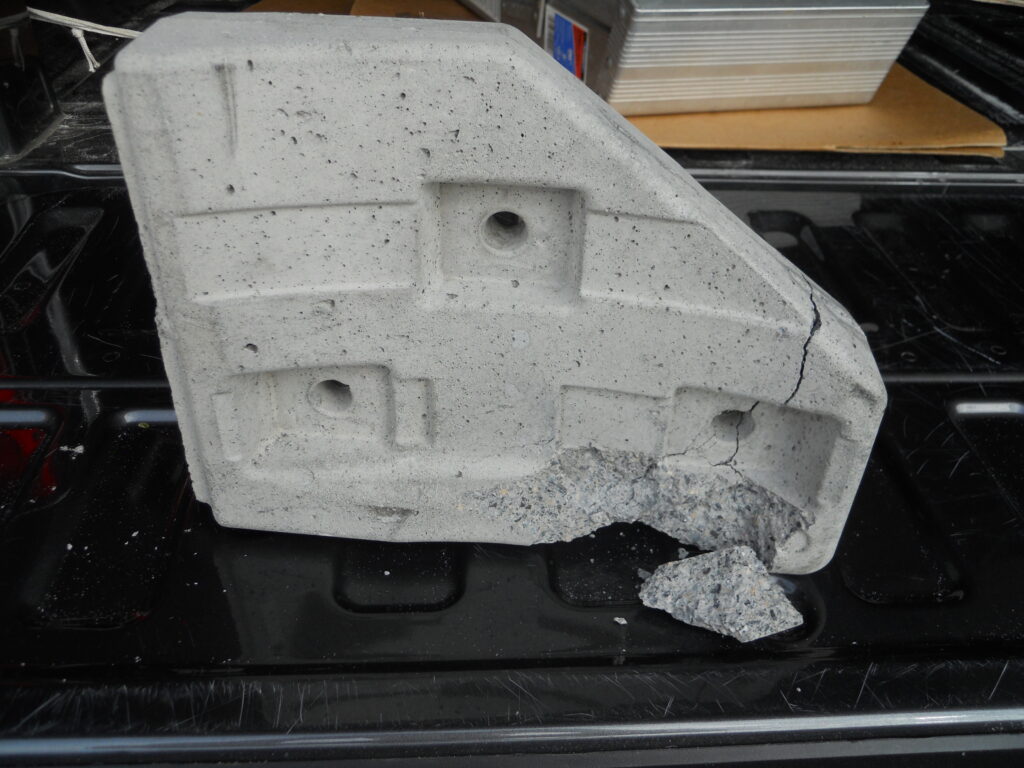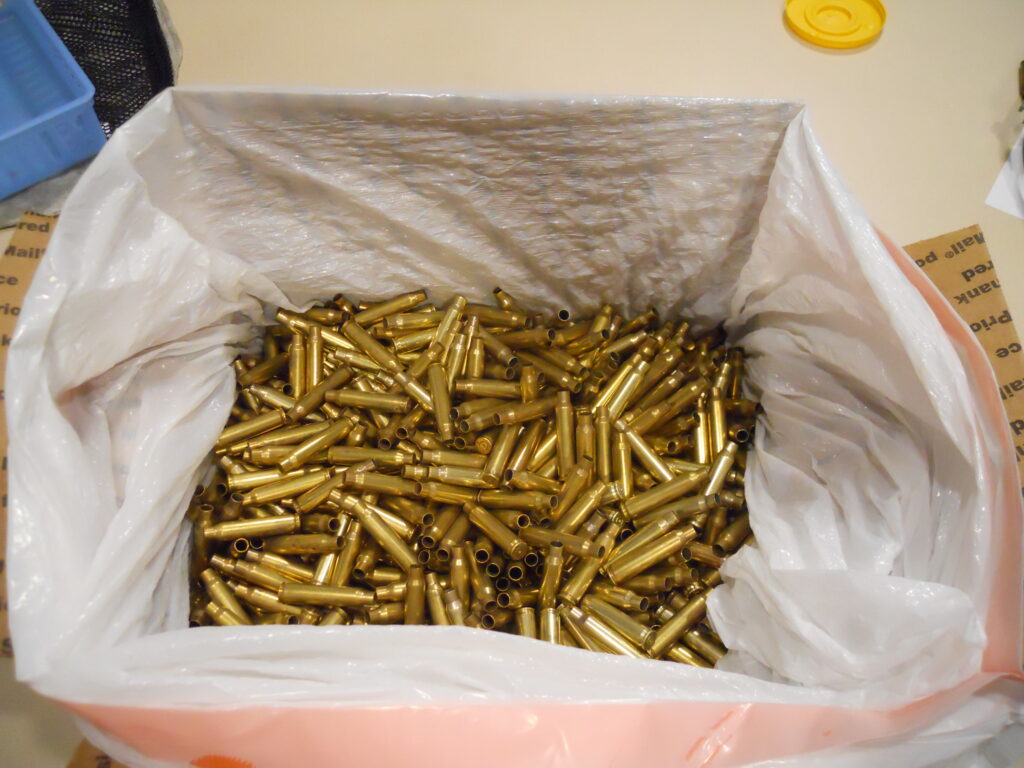The various Pistol Matches are not all the same format month after month. Folks often wonder “Just what do you guys do at a Match?” Well, here is a description of what happened at the March 2021 Match from Bruce Bunting.
STAGE
ONE: Red or Green
This stage made use of 10 paper
targets, five with a red head and five with a green head. Ranges to all the
targets was 7 – 10 yards. The shooter
started with his/her back to the target area, weapon loaded, and holstered.
Just prior to the start signal being given the RO randomly chose either Red or
Green.
At the signal the shooter then turned,
drew, and engaged the targets designated while proceeding into the rectangle.
After engaging the initial color the shooter then regressed back through the
rectangle while engaging the other color targets, 20 rounds, 20 hits for a perfect
accuracy score.
With 20/20 we had two shooters, Dan
Boyle and Tim Wunderlich, three shooters, Gary Walker, Brandon Carroll, and
Steve Vinson scored 19/20 and Jay Wehrle and Emily Burdick shot 18/20.
STAGE
TWO: 4 Target El Prez
There were 4 targets in a line about
10 yards away. At the signal the shooter drew and fired 2x2x2x2, reload,
2x2x2x2. Score the targets and bring up the next shooter. To add some
difficulty to the mix there were a couple of no shoot targets on a couple of
the shoot targets.
The shooter did a draw practice and
one reload practice. 16 rounds total for this stage. Only one shooter, Steve
Vinson, went 16/16. With 15/16 we had
three shooters; Tim Wunderlich, Jay
Wehrle, and Emily Burdick. Bringing up my third place ranking with 14/16 were
Brandon Carroll and Doug Burdick.
STAGE THREE: Accuracy
This stage made use of three targets but no timer.
The shooter was focused on shooting
accurately under different handling conditions.
The first part of the stage used strong hand only for all the shooting,
the second part used weak hand only for all the shooting, and the third part
used freestyle for all the shooting.
Scoring was for points only. The
shooter started in a shooting box located on the left side of the bay. At the
signal the shooter drew the weapon using the strong hand only. The shooter then
engaged a target located about three yards away, but covered by a no shoot target
such that the only portion visible was the head of the shoot target. From this same location the shooter engaged a
second target located about 10 yards away with one shot only. The shooter then
began walking toward the right side of the bay.
Located in the middle were a pair of barrels. While passing between the two barrels the
shooter engaged a target at about 7 yards with one shot while moving. The
shooter continued moving to the right side of the bay where a second shooting
box was located. From this box the shooter engaged a target at about 5 yards with
one shot to the body and one shot to the head.
The shooter then switched to the
weak hand and reversing direction engaged the targets in reverse order with one
shot only while using only the weak hand. Having returned to the original
starting box the shooter switched to freestyle and headed back to the right,
engaging the targets as before with one shot only but using freestyle for all
shooting – a total of 15 rounds.
The shooter practiced one draw and one
handed accuracy shooting. Given the handling difficulty scoring well was difficult
for this stage. The best shooter was Ryan Boyle who managed to put 13/15 in the
A zone of the various targets. Next best were a group with 11/15, including
Chris Harmon, Steve Vinson, and Bruce Bunting. Then, with 10/15 were Adam Hyder
and Terry Thoma.
STAGE FOUR: Tactical
Reload Drill
Every now and then we have a stage with a different skill to practice
rather than the standard “shoot the bad guys” stage. This was one of those
stages in which the skill being practiced is the tactical or what I also call
the no magazine left behind reload drill.
Since we shouldn’t know what is around
the next corner the intent of this drill was to remove the most immediate
threat, reload before moving from the safe location, and keep the partially
spent or maybe even empty magazine just in case it is needed later on. This
stage made eventual use of nine shoot targets spread out in three “encounter” locations.
Each target would be engaged with a
minimum of two rounds so 18 rounds minimum would be needed. Prior to moving to
the next encounter the shooter performed
a reload and then kept the spent magazine.
The shooter started in a start box,
three magazines loaded with 8 rounds maximum (24 rounds maximum carried by the
shooter), handgun loaded with one of the magazines, back to the most immediate
targets, and in the surrender position. At the signal the shooter turned, drew,
and engaged two targets (one at 5 yards and one at 10 yards). Since this was an exposed location the
shooter then moved to some barrels for cover and engaged another target at 10
yards. After engaging these first three threats the shooter reloaded, retained
the magazine, then moved to the next cover position where another 4 targets
were encountered.
These targets were from 2 yards to
10 yards. After engaging these four threats, the shooter reloaded, retained the
magazine, then moved to the last cove rposition where the final 2 targets were
encountered. The shooter could fire more than 2 rounds if desired but the best
2 were counted for score. The shooter practiced drawing, two tactical reloads,
and the use of cover.
The distance to each target was not
excessive but to add some level of difficulty a fair number of no shoot targets
were present. A large portion of the group met the accuracy criteria. With
18/18 we had Tim Wunderlich, Brandon Carroll, Steve Vinson, Doug Burdick, Emily
Burdick, and Chuck Glover. With 16/18 we had Ken Buckland, Dan Boyle, Adam Hyder,
Ryan Boyle, and Chris Harmon. Finally, with 15/18 were Cody Wunderlich, Jay
Wehrle, Terry Thoma, and Bruce Bunting.
STAGE FIVE: BonusTime
This stage made use of four papertargets and one steel target. The steel target used was the new torso steel target we purchased last year. Two shoot targets flanking a no shoot target were arranged at 5 yards to the left of the shooter. Two shoot targets flanking a no shoot target were arranged at 8 yards to the right of the shooter. The steel torso target was placed 11 yards from the shooter in the middle.
The shooter started with 8 rounds
loaded. At the signal the shooter drew and engaged the 4 paper targets with 2
rounds each. The shooter then reloaded and engaged the 4 targets with 2 rounds
each. The shooter then engaged the steel torso target with 1 round only.
If the shooter hit the center
cut-out area of the steel torso, 5 second bonus was awarded to the shooter. 17
round total expended. The shooter practiced one draw and one reload with this
stage. Hitting all 17 “A” hits we had Steve Vinson and Emily Burdick. Hitting 16/17 we had Brando nCarroll. With
15/17 there was Dan Boyle and Chris Harmon. And as honorable mention with 14/17
we had Jay Wehrle, Tim Wunderlich, and Doug Burdick.
It should be noted that Jay Wehrle was shooting with a handicap that day. Jay came to the match with his strong hand in a sling and semi-rigid support. He did all his shooting one handed and weak handed to boot – but was still able to maintain high level of accuracy. Good work Jay!
Next month will probably be a different setup, so come out and join us!



